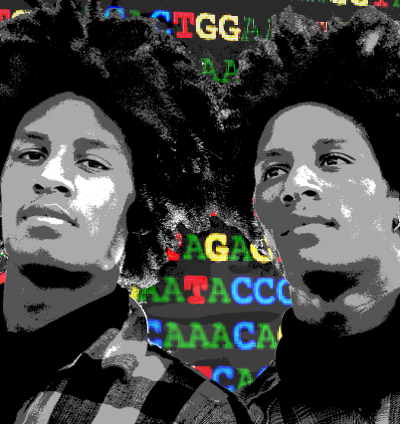Study plots twins' peak
 More human twins are being born than ever before, according to a new global study.
More human twins are being born than ever before, according to a new global study.
Since the 1980s, the ‘twinning’ rate has increased by a third from 9 to 12 per 1,000 deliveries, meaning that about 1.6 million twins are born each year worldwide and one in every 42 children born is a twin.
The new study finds that a major cause of this increase is the growth in medically assisted reproduction (MAR), which includes not only IVF (in vitro fertilisation) techniques, but also simpler methods, such as ovarian stimulation and artificial insemination.
Another cause of the increase is the delay in childbearing observed in many countries over the last decades, since the twinning rate increases with the mother’s age.
But the researchers think that the world may have reached its peak in twinning rates, particularly in high income countries such as Europe and North America, because of increasing emphasis on the importance of trying to achieve singleton pregnancies.
Whether this is also the case in lower income countries, such as Africa, is less certain and has important implications for the health of mothers and babies, and also healthcare resources.
“This is important as twin deliveries are associated with higher death rates among babies and children and more complications for mothers and children during pregnancy, and during and after delivery,” says Professor Christiaan Monden of the University of Oxford.
Most of the increase in twinning rates comes from dizygotic twins, while there has been little change in the rate of monozygotic twins (twins from the same egg), which has remained stable at about 4 per 1,000 deliveries worldwide.
Evidence from the study suggests the increasing availability and use of MAR is the main cause of the increase; it started in the wealthier countries in the 1970s and spread to emerging economies in Asia and Latin America in the 1980s and 1990s, reaching more prosperous parts of South Asia and Africa after 2000.
The full study is accessible here.








 Print
Print